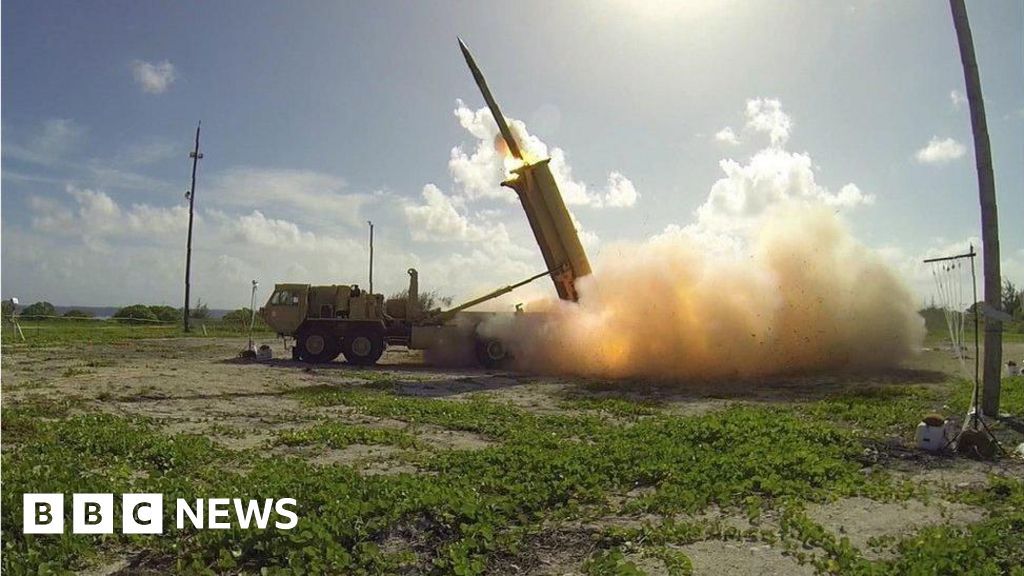Politically, the Thaad announcement is couched in terms of the Biden administration’s “ironclad” support for Israel’s defence.
The US has sent more than 50,000 tonnes worth of weapons to Israel in the last year, according to Israeli figures.
But it also highlights some of the policy contortions carried out by Washington: first trying to pressure Israel and its adversaries not to escalate the war, instead urging diplomacy.
When that has failed the White House has then firmly backed its Israeli ally’s decisions while moving to shield it diplomatically and militarily.
The Iranian missile strikes followed Israel’s assassinations of Hamas political leader Ismail Haniyeh (a negotiator in the Gaza ceasefire and hostage release talks), Hassan Nasrallah in Beirut, Israeli air strikes in densely populated parts of Beirut and its ground invasion of Lebanon.
Israel said it has been striking against Hezbollah’s leadership and destroying its vast missile stores due to 11 months of cross-border rocket fire into Israel.
It argues only military pressure and degrading Hezbollah’s capabilities will ensure 60,000 Israelis can return to their homes in northern Israel.
The Pentagon describes the Thaad deployment as part of “the broader adjustments the US military has made in recent months” to support Israel and defend American personnel from attacks by Iran and Iranian-backed groups.
It says a Thaad was deployed in southern Israel for an exercise in 2019, the last and only time it was known to be there.
A US military deployment to Israel outside of drills is extremely rare, given Israel’s own capabilities.
Iranian Foreign Minister Abbas Araqchi warned on Sunday that the US was putting the lives of its troops “at risk by deploying them to operate US missile systems in Israel”.

